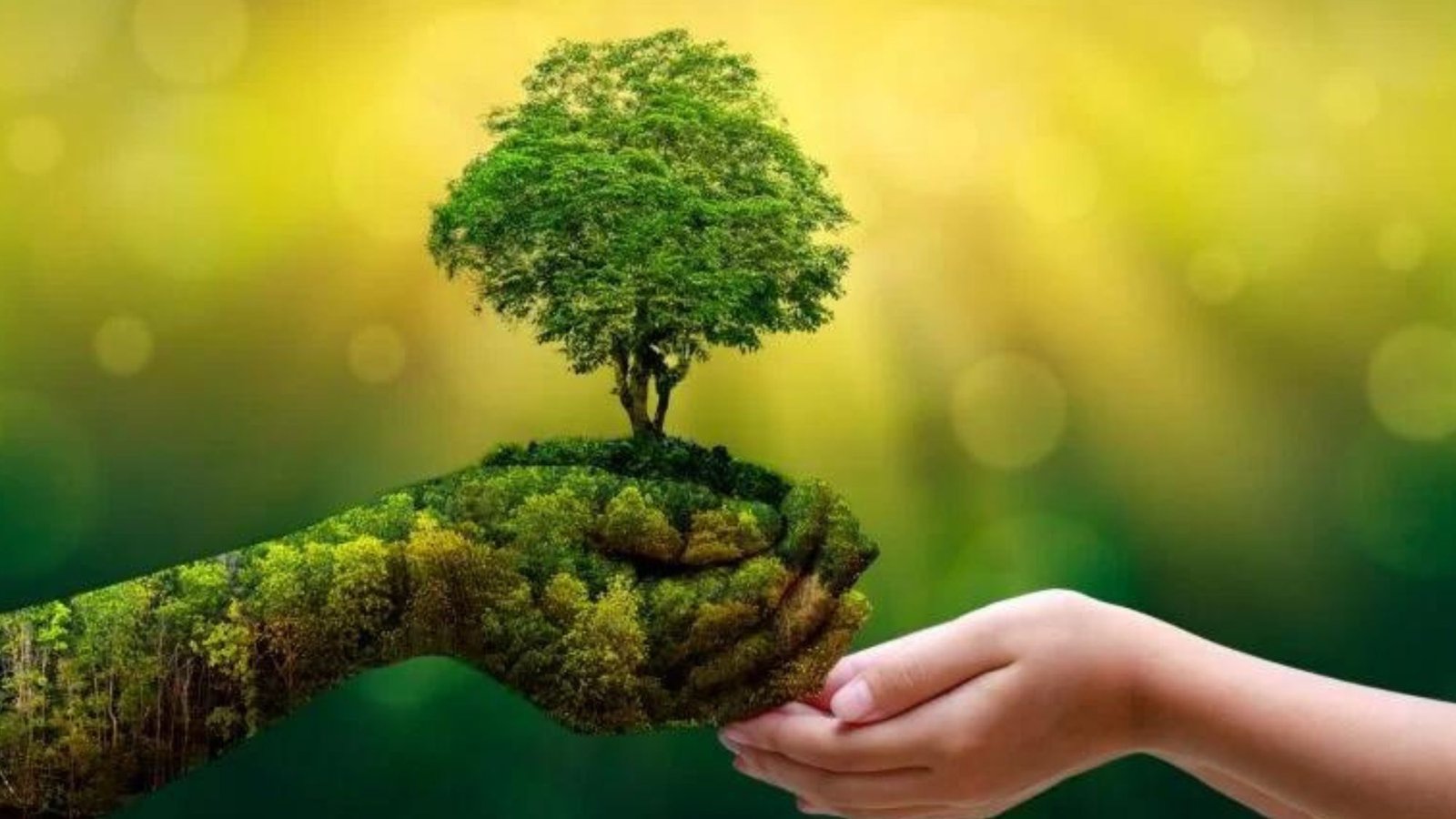The matter is that land pollution has turned into a significant issue across the globe. From oil slicks to modern waste and then some, land contamination keeps on tracking down its direction into our dirt and water, making gigantic issues for environments all over. This contamination places our current circumstances in a fragile state, influencing everything from the soundness of our marine life to the equilibrium between plants and creatures’ territories.
In any case, might be much more seriously worried that these impacts are, to a great extent, concealed; many don’t ponder the drawn-out results of land contamination or what it means for people and different species around us. Here, we’ll take a look at the serious yet often unseen consequences of land pollution on our ecosystems.
Soil Pollution:
It’s time to get educated on the unseen consequences of land pollution! Soil contamination is one of the worst forms of land pollution, and it’s having a serious impact on our ecosystems and the food we eat therefor, we use use pink skips Manchester to dispose of the waste material properly. Soil pollution occurs when toxins such as heavy metals and pesticides from industrial activities, chemical spills, and urban waste contaminate the ground.
On top of that, these pollutants can affect plant growth by reducing their nutrient uptake capacity and slowing down photosynthesis. In turn, this could impact crop yields and alter natural balances in our ecosystems – ultimately resulting in a vicious cycle that affects us all.
Water Pollution:
When it comes to land pollution, the effects are far-reaching and often unseen. One of the most serious consequences of land pollution is its impact on our waterways. When pollutants contaminate groundwater, they often enter rivers, lakes, and oceans, disrupting entire ecosystems in the process. For starters, toxic chemicals can harm aquatic life and reduce oxygen levels making it nearly impossible for some species to survive. This can lead to a ripple effect of further destruction downriver or along coastlines, as we’ve seen with dead zones in the Gulf of Mexico. And sadly, these chemicals can also make their way back onto land, endangering both human lives and our environment as a whole.
Air Pollution:
Air pollution has evolved one of the most pressing environmental pollution in recent years. And land pollution is a huge contributing factor.
Burning Fossil Fuels:
When the fossil fuels are burned then gases like carbon dioxide and methane enter the atmosphere and impact the air quality. These gasses act as greenhouses that hold in heat, leading to higher global temperatures and drastic climate changes.
Leaking Contaminants:
Sometimes contaminants from land pollution can seep into aquifers and even reach the water table. Which can lead to the release of toxins into the atmosphere. This toxin-filled air can cause acid rain and other problems for natural ecosystems and human health alike.
Soil Disturbance:
Soil aggravation can occur because of land pollution, for example, overgrazing or deforestation. And this can additionally place our current circumstances in danger. Dirt is one of our planet’s most valuable assets; when upset, it seriously jeopardizes creatures’ natural surroundings. While adding to wind disintegration, water pollution, and environmental change. All of this goes to show that land pollution has much farther-reaching consequences than we often realize.
Deforestation:
Land pollution can devastatingly affect woodlands, prompting the obliteration of natural surroundings and a decline in biodiversity. That is the reason it’s vital to know about this quiet destroyer and go to lengths to forestall it.
Decrease in Biodiversity:
Deforestation can likewise prompt a lessening in biodiversity as creatures lose their capacity to adjust to their changing climate. Because of the obliteration of regular natural surroundings. This interruption can make whole species become wiped out over the long haul. Luckily, there are a few steps we can take to limit land pollution. And keep deforestation from occurring in any case:

- Decrease soil disintegration through crop-turn strategies
- Replant local trees whenever the situation allows
- Support reasonable ranger service drives and guidelines
- Use more productive cultivating practices, for example, no-till cultivating, and incorporate bug the executives.
By understanding the impacts of land pollution, both seen and inconspicuous. We can arm ourselves with the information important to make more educated. Maintainable choices concerning utilizing our normal assets. We should do whatever it take to establish a better. And more adjusted climate for us and the ages to come.

